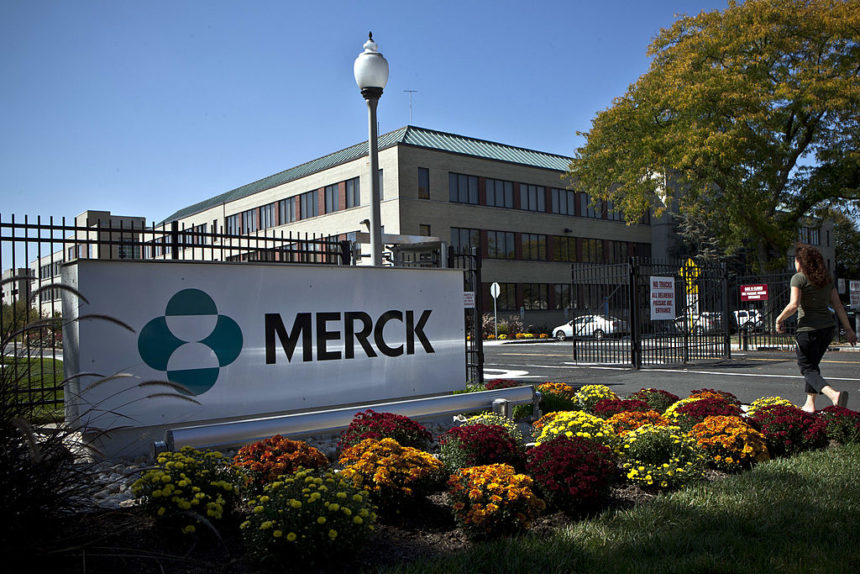Merck and Eli Lilly reported strong financial metrics supported by revenues related to their respective COVID-19 treatments, according to earnings reports released Thursday morning.
Merck recorded nearly $16 billion in worldwide sales, marking a 50% year-over-year increase. Lagevrio, the company’s oral antiviral COVID treatment, produced sales totaling $3.2 billion. Excluding Lagevrio from its financials, the company still reported 19% sales growth.
Other key drugs saw sales increase — including Keytruda, which increased 23% to $4.8 billion, and Gardasil, which grew 59% to $1.5 billion. During the quarter, the Food and Drug Administration approved Keytruda as a single agent for patients “with advanced endometrial carcinoma that is microsatellite instability-high (MSI-H) or mismatch repair deficient (dMMR).”
Looking ahead, the company stated that it is positioned to deliver “at least eight” cardiovascular approvals by 2030. Merck also raised its full-year sales guidance to be between $56.9 billion to $58.1 billion, with projected GAAP earnings per share between $5.90 to $6.02.
“We successfully delivered across our key strategic priorities and achieved strong top- and bottom-line growth,” said Merck CEO Robert Davis in a statement. “Robust first-quarter performance was driven by significant clinical advancements in our research pipeline and effective commercial execution across a broad set of key growth drivers. We remain focused on driving our strategy, which is led by science, and are confident in the durability of our growth prospects, as we continue to provide value for patients, shareholders and all stakeholders today and well into the future.”
Meanwhile, Eli Lilly saw its revenues grow by 15% and its volume grow by 20%. Lilly generated $660 million in revenue from COVID antibody treatment bebtelovimab, but also benefited from the performance of Trulicity, Jardiance and Cyramza.
Additionally, the company announced that the Phase 3 trial of Jardiance for people with chronic kidney disease will stop early due to “clear positive efficacy.” Eli Lilly drove down several expense lines during the quarter – notably research and development expenses, which decreased 4%. Marketing, selling and administrative expenses fell 1%.
For its full-year guidance, Eli Lilly now expects its revenue to be between $28.8 billion and $29.3 billion, an increase of $1 billion due to the additional revenue generated from the sale of 600,000 doses of bebtelovimab to the U.S. government in Q1. The company also said that the U.S. government has the option to purchase an additional 500,000 doses by the end of July but it remains uncertain if that will occur.
“Lilly delivered another quarter of volume-driven revenue growth led by key products and anticipates 2022 to be an exciting year with several potential approvals and new pipeline events,” said Lilly CEO David Ricks in a statement. “With the depth of our pipeline and growth of our medicines in the market, we are well-positioned to help address health challenges in areas of significant unmet medical need, such as obesity, Alzheimer’s disease and cancer.”







